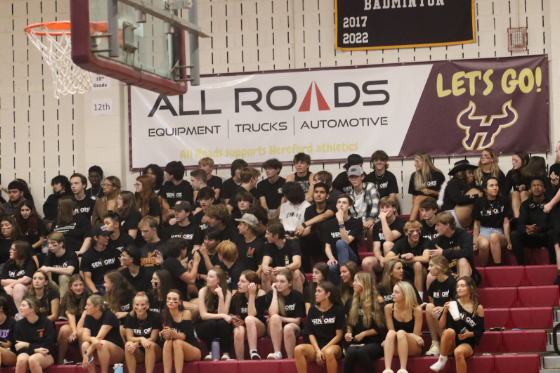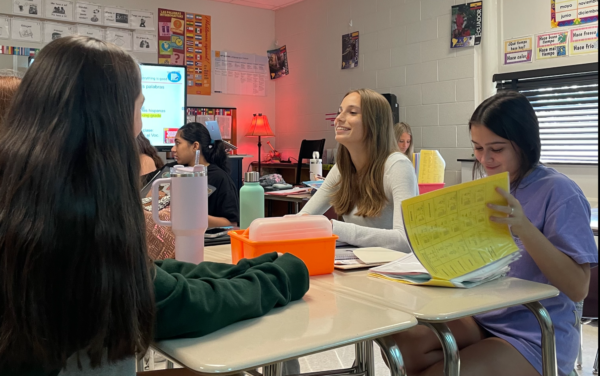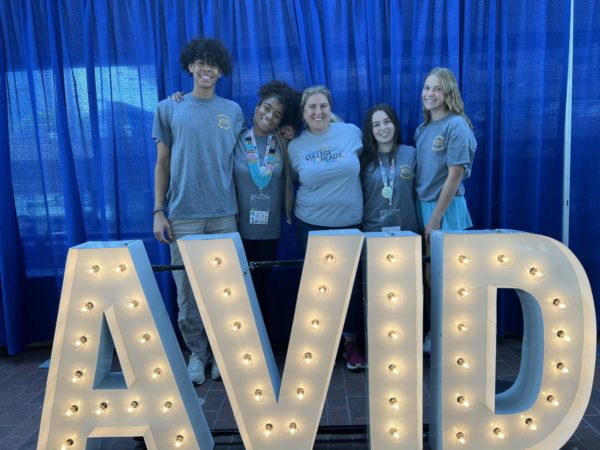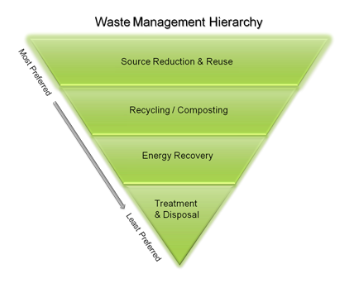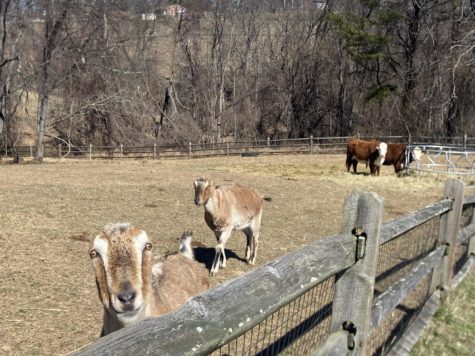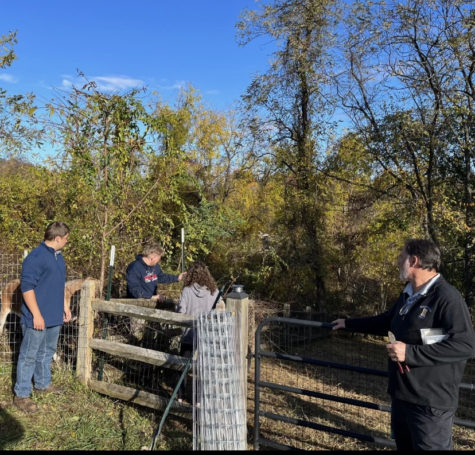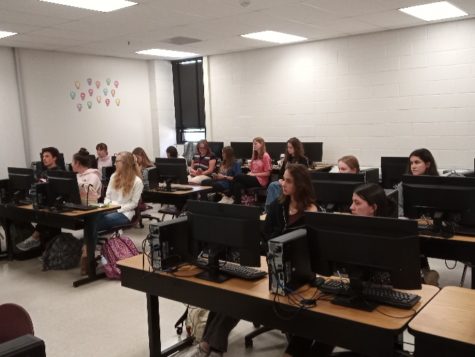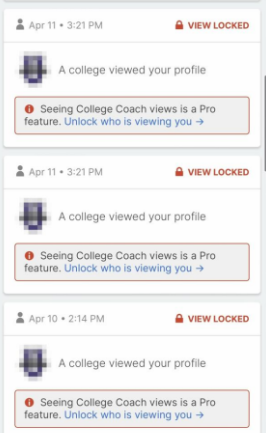SeaWorld’s End to Captive Breeding and its Implications on Captive Animals
April 29, 2016
By Maddie Turner
Why is it that we still find it acceptable to exploit animals for our pleasure? We need to continue to question society’s apparent support of captive animals and its blind-eye mentality when it comes to the undoubtable abuse and neglect described all around us.
SeaWorld has been under fire since the 2013 release of Blackfish, a documentary detailing the neglect that their orcas face and the deaths of multiple trainers over the years. Instances of premature death, fighting, inbreeding and poor living conditions have been exposed, and SeaWorld has been unable to combat these detrimental accounts. For most who oppose SeaWorld, the intentional deaths by Tilikum of Keltie Byrne, Daniel P. Dukes, and most recently, Dawn Brancheau in 2010, have caused outrage. SeaWorld brushes over these instances as mere accidents, but video footage and firsthand accounts describe the same orca purposefully drowning each person with the intent of killing them. To make matters worse, SeaWorld’s captive breeding program means that 54% of their current orcas have his genes. Consequently, after the film gained footing, Yahoo! Finance reported a steep drop in SeaWorld’s stock from over $35 per share to less than $20 today and The Los Angeles Times released a report of a 5% drop in attendance across their 11 parks nationwide. With these startling statistics, it is no surprise that SeaWorld has elected to end its captive breeding program after failed attempts to offer discounts, pressure from PETA, many unsuccessful brand re-imaging efforts, and relentless scrutiny from the general public.
Another historic decision to phase out elephant shows in the Ringling Bros. Circus will be enacted this May, after over 100 years of shows with these iconic animals. Reports of abuse, malnutrition, and a lack of care have been widespread, and again the public has shown contempt for these practices. With the end in sight, the pressure is on to reconfigure the brand as they face the loss of their trademark main attraction next month. With these precedents, it is now time to start looking at ending other breeding programs nationally across zoos, circuses, and aquariums as well.
The public is constantly evolving their wants and perceptions on entertainment, making the market ever-changing. We have seen a major decrease in demand at SeaWorld’s parks, and although efforts are being made to find replacement attractions to strengthen their attendance rates, they have been unsuccessful thus far. With competition from other less controversial parks like Disney, attendance has risen and Disney has even been able to increase its ticket prices recently, while SeaWorld and the Ringling Bros Circus struggle to repair their images. The market for viewing live animals is slowly declining as people contemplate how humane these practices are.
The question still remains about the ethicality of the lions, bears, and other animals owned by the Barnum and Bailey in the circus, as well as other large animals such as dolphins and seals in SeaWorld, and even animals housed by zoos across the United States. Logically, the next step is to take a closer look at the practices involving captive animals nationally, and to expose the many problems there. The measures that SeaWorld and The Ringling Bros have taken are massive and have shed light on issues that have only recently been thought about, but this is only a scratch on the surface to what is out there. With more investigation and exposure, the public will undeniably realize the barbarity that is happening around them, and push to end the outdated practice of abusing and taking advantage of these helpless animals.



